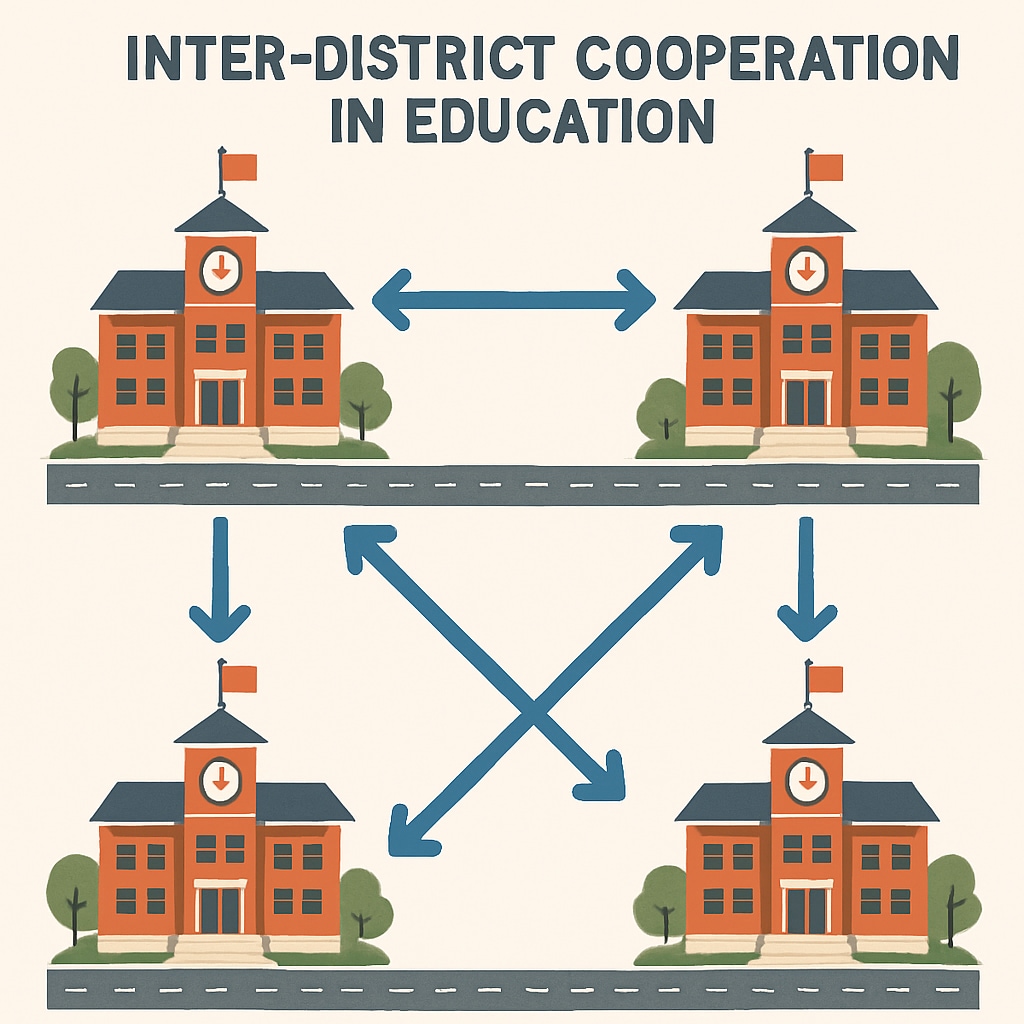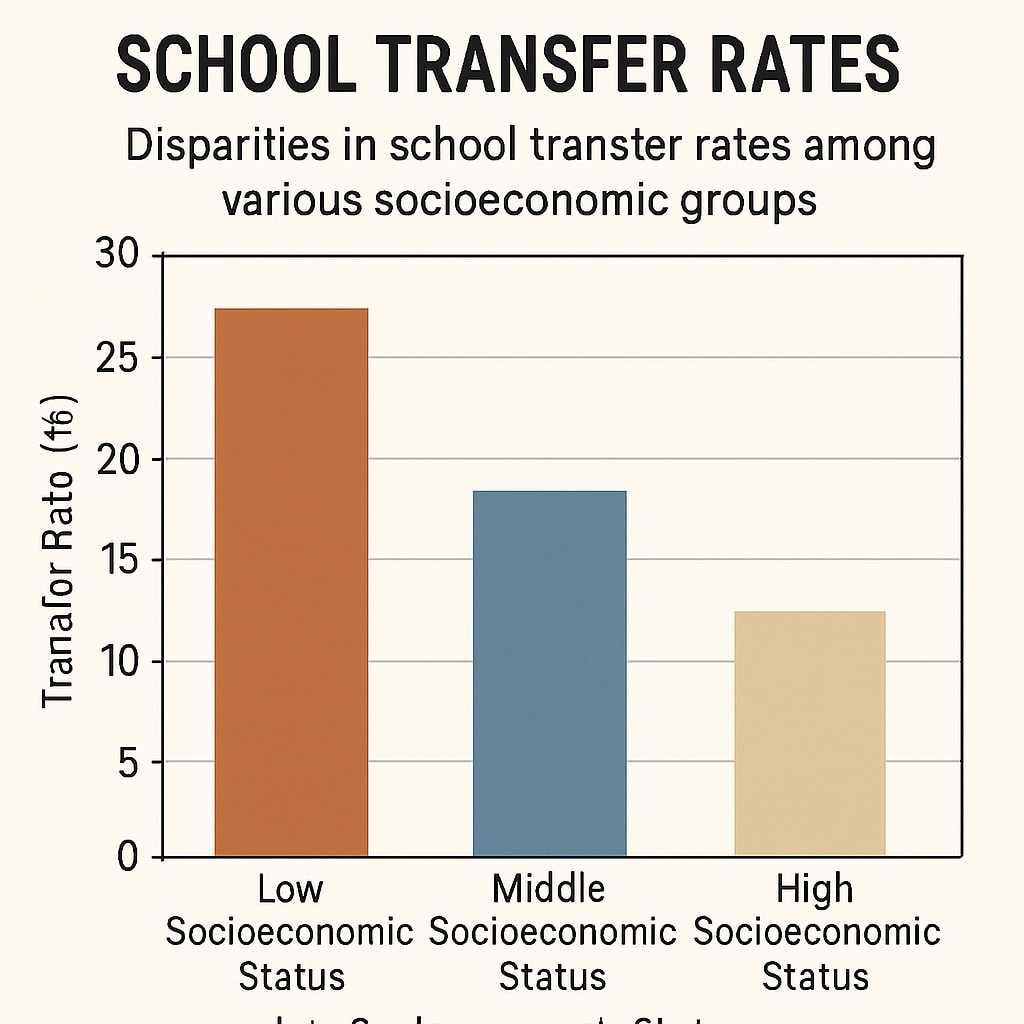In the K-12 education system, inter-district communication often plays a critical role in facilitating or hindering student transfers. While school choice programs aim to offer families more flexibility, barriers in communication between districts can obstruct this process, creating unintended consequences for students seeking better opportunities. For students facing discrimination or those from marginalized communities, these communication challenges can amplify inequities in accessing fair education opportunities.

Understanding the Role of Inter-District Communication
Inter-district communication refers to the exchange of information and coordination between school districts when students transfer from one district to another. Ideally, this process should be seamless, ensuring that families can exercise their rights under school choice plans. However, in practice, several obstacles may arise, such as delayed responses, lack of transparency, or outright refusal to cooperate.
These barriers often stem from administrative inefficiencies or policies designed to protect district resources. For instance:
- Districts may prioritize retaining students to secure funding tied to enrollment numbers.
- Incomplete or unclear transfer procedures can lead to confusion among families.
- Discriminatory practices may target students based on socioeconomic status or race, further complicating the transfer process.
As a result, inter-district communication can inadvertently become a gatekeeper, limiting the effectiveness of school choice programs.
How Communication Barriers Affect Marginalized Students
For students who have experienced discrimination or come from underserved communities, inter-district communication challenges can exacerbate existing inequities. These students may seek transfers to escape hostile environments, access specialized programs, or attend schools with higher academic standards. However, when communication breakdowns occur, their ability to make these transitions is compromised.
For example:
- Families may not receive timely notifications about transfer deadlines or requirements.
- Districts may fail to share accurate data about available resources or programs.
- Students from low-income households may encounter additional hurdles due to limited access to legal or advocacy support.
Such barriers disproportionately affect those already facing systemic challenges, undermining the core principles of equity and choice in education.

Addressing Communication Barriers in School Choice Programs
To ensure school choice programs fulfill their intended purpose, addressing inter-district communication barriers is essential. Policymakers, educators, and advocacy groups must collaborate to create transparent, accessible, and equitable transfer processes.
Key strategies include:
- Standardized Procedures: Implementing uniform guidelines for student transfers can reduce confusion and ensure consistency across districts.
- Technology Integration: Leveraging digital platforms to streamline communication and document sharing can expedite the process.
- Training and Accountability: Providing training for district staff on equity and anti-discrimination practices while holding districts accountable for timely responses.
- Legal Protections: Strengthening policies that safeguard students’ rights to transfer and access fair education opportunities.
By prioritizing these measures, school choice programs can better serve all students, particularly those who are most vulnerable.
The Path Forward: Ensuring Equity in Education
Inter-district communication barriers are not insurmountable. With concerted efforts to address these challenges, school choice programs can become a powerful tool for promoting equity, empowering families, and improving educational outcomes. Students, regardless of their background, deserve the freedom to choose schools that meet their needs without facing unnecessary obstacles.
Education systems must evolve to reflect these values, ensuring that every child has access to the opportunities they need to succeed.
Readability guidance: Content is structured with clear headings, short paragraphs, and actionable solutions. Lists are used to summarize key points, and transitions help maintain a logical flow.


